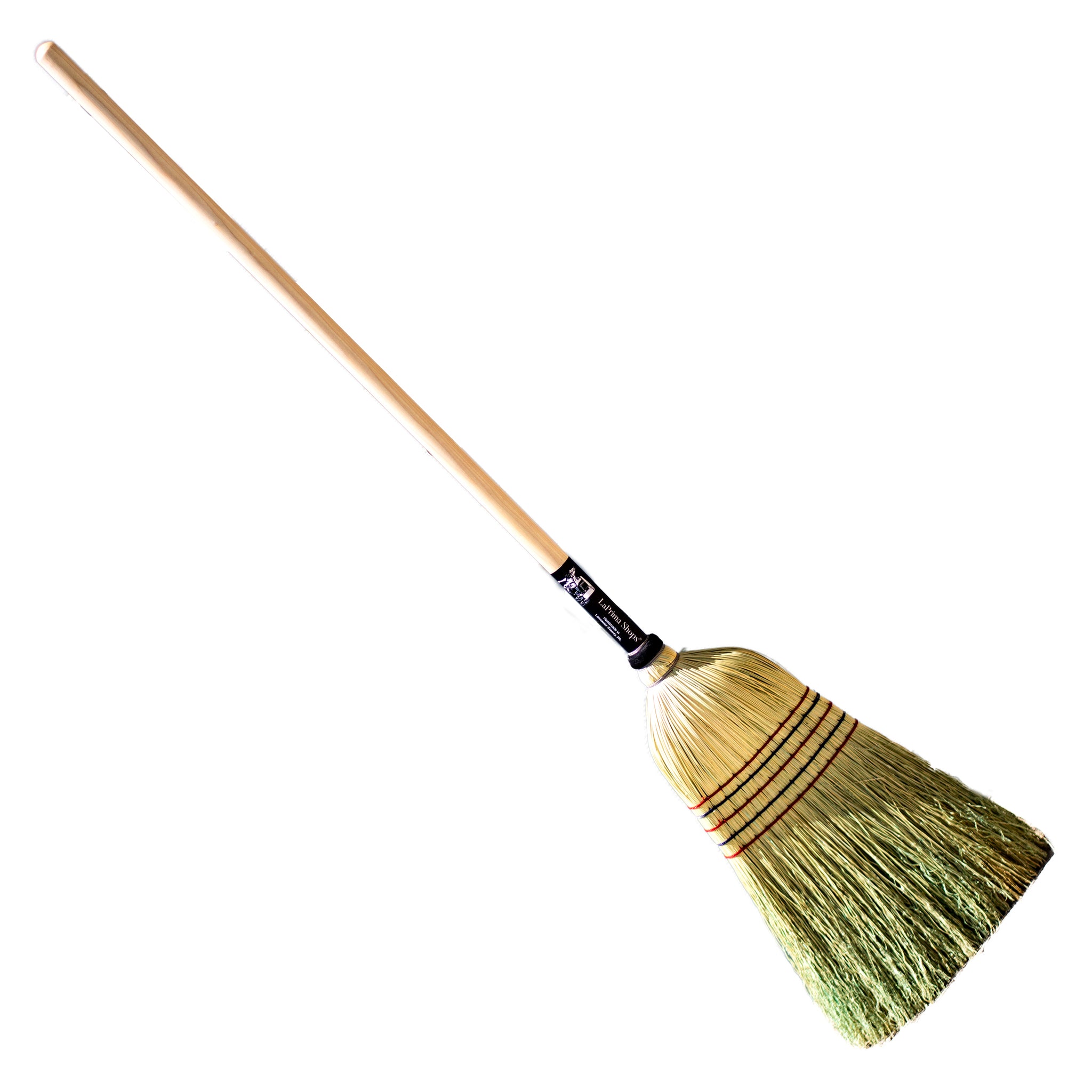

In the case of no-dig gardening, none at all. Time to reach maturity: 90-110 daysīroom corn easily passes for a beautiful living fence in the right location.īe sure to sow seeds after all danger of frost has passed.īroom corn is usually planted between the dates of May 1 and June 15.Īs far as weeding goes, broom corn plants get off to a slow start, then surpass anything that might get in their way.

Sow the seeds 2″ apart in rows which, in turn, are approximately 30″ apart. Keep in mind, that they are very small seeds and don’t need to be covered with mass amounts of soil. If you prefer the conventional method of planting, go ahead and prepare your lines, sowing seeds to a depth of ⅛–½ inch. Planting in a no-dig garden consists of pulling back the mulch to drop in a small number of seeds. This will also depend on the variety, which we’ll give examples to below. Others report that broom corn can rise up to 5 m (15 feet). We live in a cooler, mountainous climate, so that was to be expected. Our crop reached a maximum height of 2 meters (just shy of 7 feet). Think carefully about this, since broom corn does have the potential to shade other garden crops.
AMISH CORN BROOM FULL
Planting Broom Corn in Your No-Dig Gardenīroom corn grows best in full sun, so start there.įind a nice place in your garden, even against a fence or wall to sow your seeds. While most sources state that the soil must be plowed and harrowed, we’ve had great success with planting broom corn seeds in our no-dig garden. What it does prefer, however, is moist, well-draining soil that is rich in organic matter. That being said, it can be grown in most locations.

At the same time it tolerates both heat and drought. Though it doesn’t tolerate frost very well, it can be grown in many different soils. The requirements of broom corn are very similar to that of growing corn, or sorghum.įor starters, it takes a long growing season to obtain a plentiful crop. Growing broom corn isn’t a skill to simply sweep under the rug, so let’s go over what you need to know.Īfter all, it is a survival skill, that can grow in your survival garden, and can help keep your house clean for years to come. Yet, sometimes we grow plants for the nostalgia of it all. It takes a ton of broom corn to produce several hundred brooms. The reason you don’t see large fields of it anymore, is because it isn’t exactly a high-value crop. Large acreages were planted in the 1830s, and for several decades more, as the popularity of broom corn production, along with the making of brooms, moved west. However, if you consider the number of people needing brooms before electricity came along, you can envision a need for an alternative. We’ll get to this later on, but it’s worth knowing that it takes several plants to make your own broom. It’s known that broom corn was originally planted in home gardens, not plantations. The sweeping sensation of broom corn production… But my question to you is this: have you ever seen fields of it waving in the breeze? Probably not, though you can attempt this by planting it in your backyard. From there it spread west as far as New Mexico and Colorado. In the 1700s, Benjamin Franklin was credited with introducing it to the United States. It’s even possible that some seed selection went along with helping to evolve the longest panicles (the loose branching clusters of flowers, like oats, growing singly from the top of each plant). Due to its appearance, it immediately shows us what it wants to be – or to do. Sweeping the bad jokes aside, it seems that brooms were made first from broom corn in the Dark Ages. How it spread to the Mediterranean and beyond, is anybody’s guess. Origins and a Brief History of Broom CornĪlthough not for certain, it appears that broom corn ( Sorghum vulgare var. If not for the sake of going plastic-free, then for the sake of returning to a simpler, self-reliant way of life. Then you can get rid of your plastic “broom”, sweeper, swifter, whatever you want to call it, and get back to your natural origins. By the time you’re done reading, all that’s left to do, is purchase some seeds and wait for the right time to plant them. Or maybe you are here to learn a thing or two about diversifying the bird feed that you can easily grow in your backyard.Įither way, let’s tuck into the subject of growing broom corn. So, you’d like to try your hand at making a broom, am I right?


 0 kommentar(er)
0 kommentar(er)
